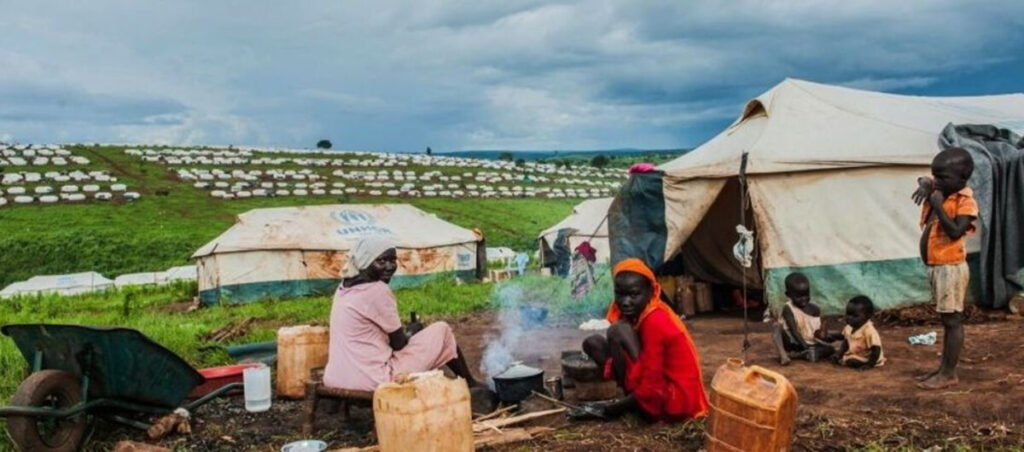Scientists in Spain studied data on electricity -dependent demand for the KOBE refugee camp in Ethiopia to optimize various Minigrid scenarios, whereby the use of electric pressure cooking points was also integrated. Their analysis showed that the introduction of the stove required an increase in PV capacity of 68%.
Research led by scientists from the Spain’s Technical University of Madrid has investigated the integration of electric pressure cooking points (EPCs) in refugee camps driven by PV minigrides (PVMGs).
With the help of the Homer Pro simulation software, the team demonstrated a case study of the Kobe Refugee Camp, which is located in southern Ethiopia and 37,461 refugees from Somalia houses.
“This research deals with a critical gap by investigating how the integration of cooking needs in the planning of the electricity system influences the life cycle dimensions, using Real-World data from the Shire Alliance project,” said the corresponding author Sonia Ramos-Galdo said PV -Magazine. “We assess the feasibility and benefits of deploying EPCs driven by optimized PVMGs to make clean cooking in resource-restricted settings possible, with a focus on the Kobe displacement in Ethiopia.”
The process started with collecting data on the field from the travel camp from May 2021 to October 2024. Together with additional information from the academic literature, Homer Pro was used for modeling and optimization. Aim on 19 common infrastructures (CIs) and their question, the team ranked them for priority (one is the highest and C is the lowest), based on various criteria agreed with local stakeholders. CIS included education, health and NGO office facilities.
Based on this ranking, three distributions were considered: the first only includes the 10 priority a cis; The second includes all 16 CIs, excluding only three CIs with the lowest question; And the latter includes all 19 CIS. For each of those cases, scenarios in which the cooking needs are considered and not removed were checked, which resulted in a total of 12 scenarios. A 40-L Ewant Electric SNC Cooker (EPC) has been chosen for cooking needs.
“EPC’s integrate an electric hob, a pressure cooker, an insulated housing and a fully automated operating system, which reduces energy consumption by a maximum of 80% compared to traditional hot plates,” the team explained. “The selected EPC has thermal efficiency of 87% and an estimated lifespan of 5 years. The estimated electricity needed to cook a meal with EPC is 0.02 kWh/meal. It has been chosen, in consultation with local stakeholders, because of the efficiency and compatibility with Eastern African practices.”
The analysis showed that the level of energy costs (LCOE) in Ethiopian travel camps is currently $ 0.23/kWh, and the electricity price of the country is $ 0.007/kWh for households and $ 0.22/kWh for companies. The assumed budget for the simulated PVMGs with EPC was € 0.53 million ($ 0.6 million). The simulations of the different scenarios also made a shortage of a maximum of 5%.
“The lowest LCOE for each scenario was reached by the combination of PV generation and battery storage, excluding diesel generation, due to the high diesel price in the Kobe RC context,” the team explained. “The implementation of EPCs requires an increase of 31-68% in PV capacity and an increase in the Capex by 39-58% compared to the minimum investment of € 199,780.”
The assessment has also shown that the daily energy demand varies from 174 WH/day in the lowest senario to 266 WH/day in the highest, with peak loads ranging between 35 kW and 79 kW. “An electric cooking factor of 31-36% results in an average reduction in the tax factor by 7% and only an increase in the 6% LCOE,” the academics said.
“The savings of the Global Warming Potential (GWP) of an MG depend on its energy sources, where emissions of a PVMG are zero, which can save an equivalent of 7.76 kg CO₂ per meal in the KOBE case compared to the basic data,” concluded Sonia Ramos-Galdo concluded. “Reducing dependence on traditional biomass and diesel reduces both GWP and deforestation, with approximately 45 tonnes of firewood storing a problem linked to conflicts about forest sources that influence women’s well-being and increase their vulnerability when collecting firewood.”
The research results were presented in “Extensive approach for electricity and clean cooking access via photovoltaic mini grilles on solar energy: the Kobe Refugee Camp Case Study“Published in Energy for sustainable development. Scientists from the Spanish Technical University of Madrid and the transdisciplinary collective energy of women based in Madrid.
This content is protected by copyright and may not be reused. If you want to work with us and reuse part of our content, please contact: editors@pv-magazine.com.

